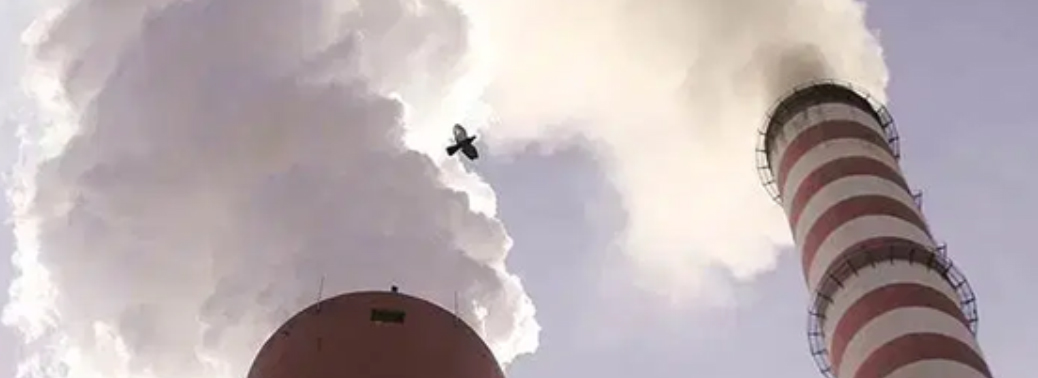EMISSIONS TRADING SCHEME (ETS)
25, Sep 2019

Prelims level : Environment- Pollution & Waste Management
Mains level : GS-III- Conservation, Environmental Pollution and Degradation, Environmental Impact Assessment.
Why in News?
- Gujarat became the world’s first market for particulate matter emissions in the world, after 155 industrial units of Surat came together for “live trading” under the Emissions Trading Scheme (ETS).
Emission Trading Scheme:
- Launched in Surat, the Emissions Trading Scheme (ETS) is a regulatory tool that is aimed at reducing the pollution load in an area and at the same time minimising the cost of compliance for the industry.
- ETS is a market in which the traded commodity is particulate matter emissions.
- The Gujarat Pollution Control Board (GPCB) sets a cap on the total emission load from all industries. Various industries can buy and sell the ability to emit particulate matter, by trading permits (in kilograms) under this cap.
- For this reason, ETS is also called a cap-and-trade market.
Why was Surat chosen for the scheme?
- In the last five years, the quality of air in Surat has deteriorated. In 2013, when the project was conceptualised, the PM10 level at Air India Building in Surat was 86 micrograms per cubic metre.
- Surat was chosen because its industrial associations agreed to run the pilot scheme. Also, industries in Surat had already installed Continuous Emission Monitoring Systems, which makes it possible to estimate the mass of particulate matter being released.
Global Scenario:
- While trading mechanisms for pollution control do exist in many parts of the world, none of them is for particulate matter emissions. For example, the CDM (carbon development mechanism) under the Kyoto Protocol allows trade in ‘carbon credits’; the European Union’s Emission Trading System is for greenhouse gas emission; and India has a scheme run by the Bureau of Energy Efficiency that enables trading in energy units.






